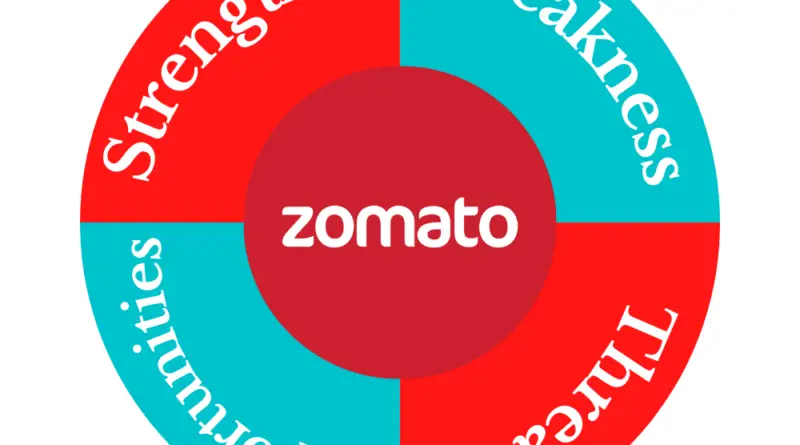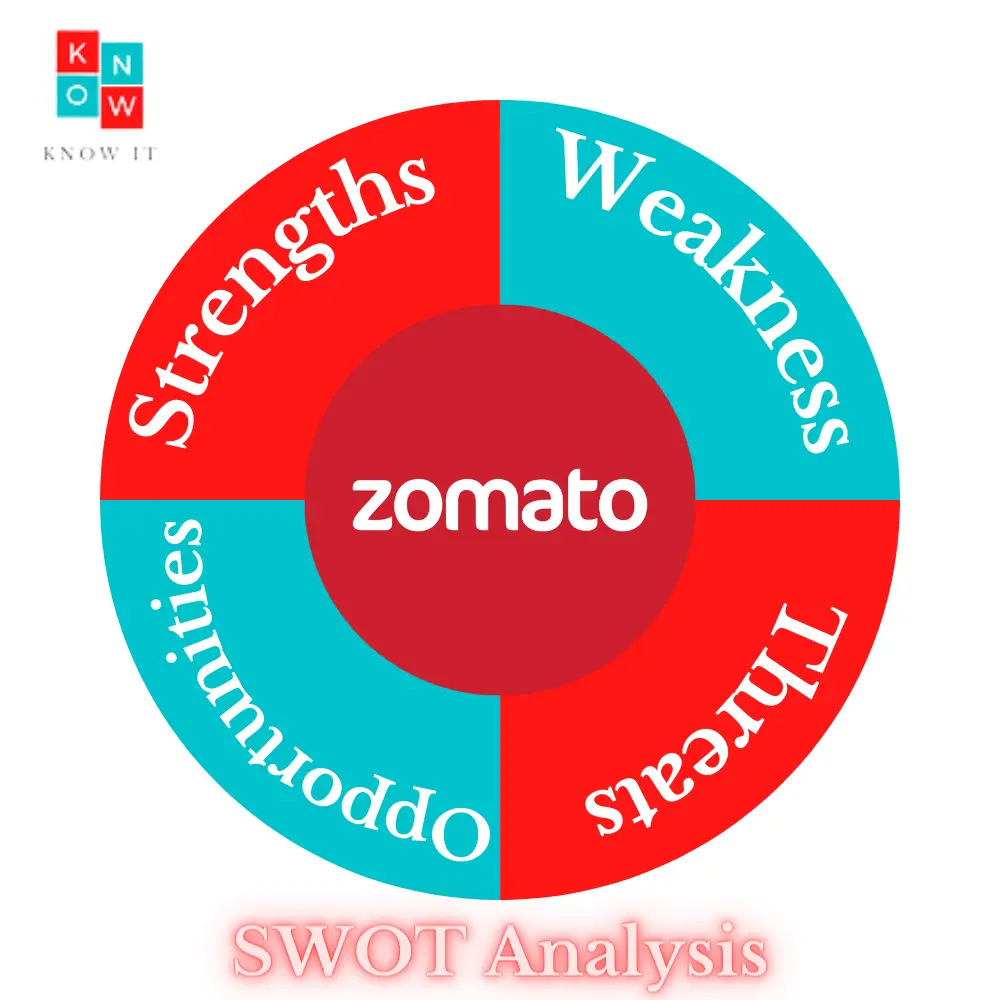Analyzing Zomato’s Success: A SWOT Analysis
In today’s digital era, Zomato has emerged as a prominent player in the online food delivery and restaurant discovery space. To gain a deeper understanding of this industry giant, we will conduct a comprehensive SWOT analysis of Zomato. By analyzing its strengths, weaknesses, opportunities, and threats, we can unravel the key factors driving the company’s success and identify potential areas for improvement.
Strengths
1. Strong Brand Presence: Zomato has established itself as a recognized and trusted brand in the food delivery industry, boasting a wide user base across multiple cities globally.
2. Extensive Restaurant Network: With an extensive network of partner restaurants, Zomato offers users a wide range of choices, ensuring customer satisfaction.
3. User-Friendly App and Website: Zomato’s user-friendly interface provides easy navigation, allowing customers to browse menus, place orders, and explore restaurant reviews effortlessly.
4. Technological Innovation: Zomato has consistently embraced technology, incorporating features like real-time order tracking, AI-powered recommendations, and easy payment options, enhancing user experience.
5. Strong Delivery Infrastructure: Zomato has invested in building a robust delivery infrastructure, including a fleet of delivery executives, ensuring prompt and efficient order deliveries.
Weaknesses
1. High Dependence on Discounts: Zomato’s business model heavily relies on offering discounts and promotions to attract and retain customers. This strategy may lead to decreased profitability in the long run.
2. Customer Complaints: Some users have reported issues with late deliveries, incorrect orders, or poor customer support, which can impact the company’s reputation and customer loyalty.
3. Operational Challenges: Coordinating with numerous restaurants and managing a large fleet of delivery partners can pose operational challenges, resulting in occasional service disruptions.
Opportunities
1. Global Expansion: Zomato has the opportunity to expand its operations to untapped markets globally, capitalizing on the growing trend of online food delivery.
2. Diversification: By diversifying its services, such as offering grocery delivery or partnering with local vendors, Zomato can tap into new revenue streams and cater to evolving customer needs.
3. Enhanced Personalization: Investing in advanced data analytics and machine learning algorithms can enable Zomato to provide more personalized recommendations to users, enhancing customer satisfaction.
4. Strategic Partnerships: Collaborating with local restaurants, cloud kitchens, or grocery stores can strengthen Zomato’s market presence and broaden its offerings.
Threats
1. Intense Competition: The online food delivery market is highly competitive, with players like Swiggy and Uber Eats vying for market share. Zomato faces the risk of losing customers to competitors or price wars.
2. Changing Consumer Preferences: Evolving consumer tastes and preferences, such as the rise in demand for healthy food options or alternative diets, may impact Zomato’s business model and require adaptation.
3. Regulatory Challenges: Government regulations related to food safety, licensing, and delivery logistics can pose regulatory hurdles and increase compliance costs for Zomato.
Conclusion
In conclusion, Zomato’s SWOT analysis reveals a company with a strong brand presence, extensive restaurant network, and a commitment to technological innovation. However, challenges like high dependence on discounts, occasional operational issues, and intense competition should not be overlooked. By capitalizing on opportunities like global expansion, diversification, and enhanced personalization, and effectively addressing threats through strategic planning and adaptation, Zomato can continue to thrive in the ever-evolving online food delivery industry.




